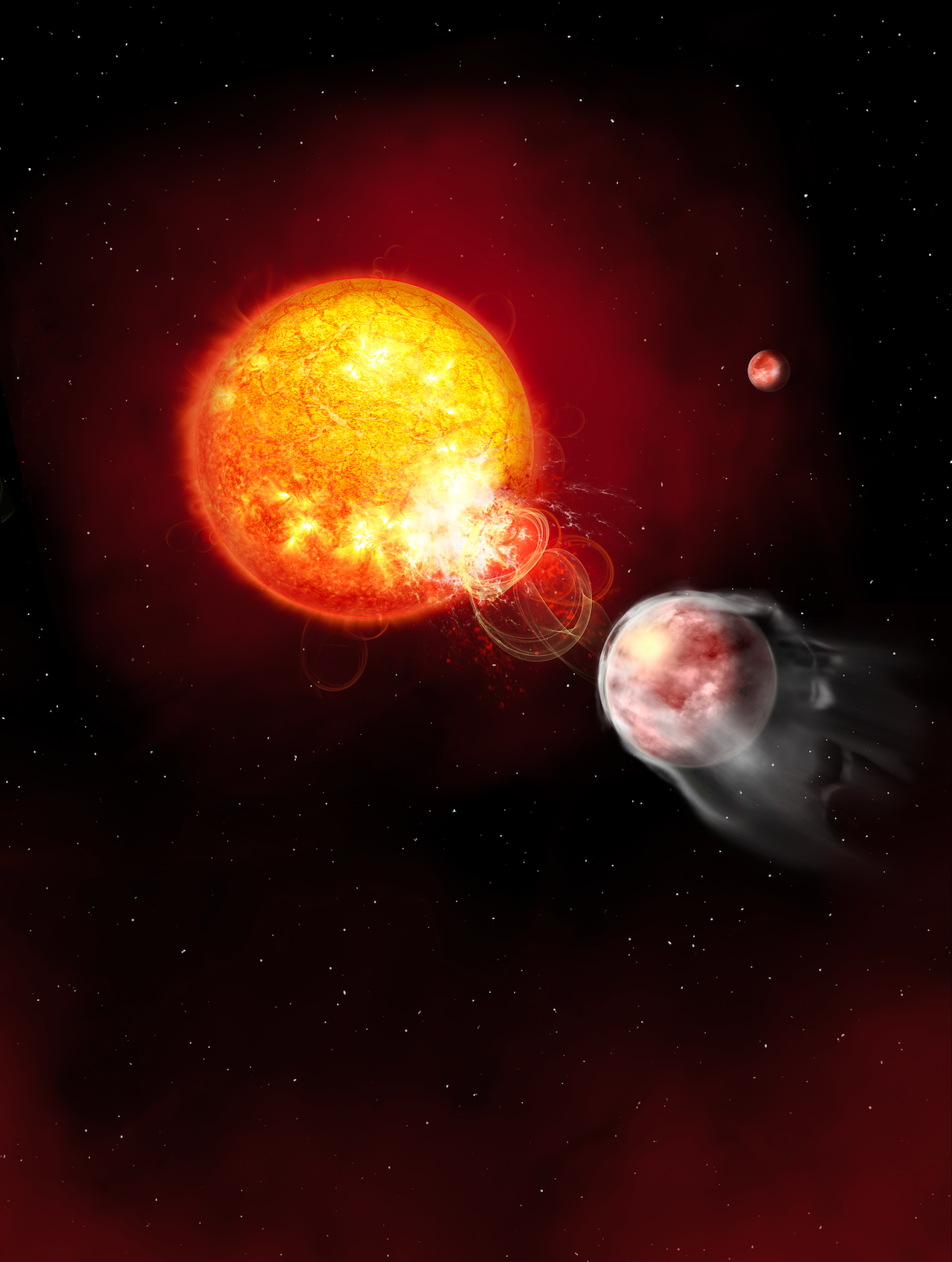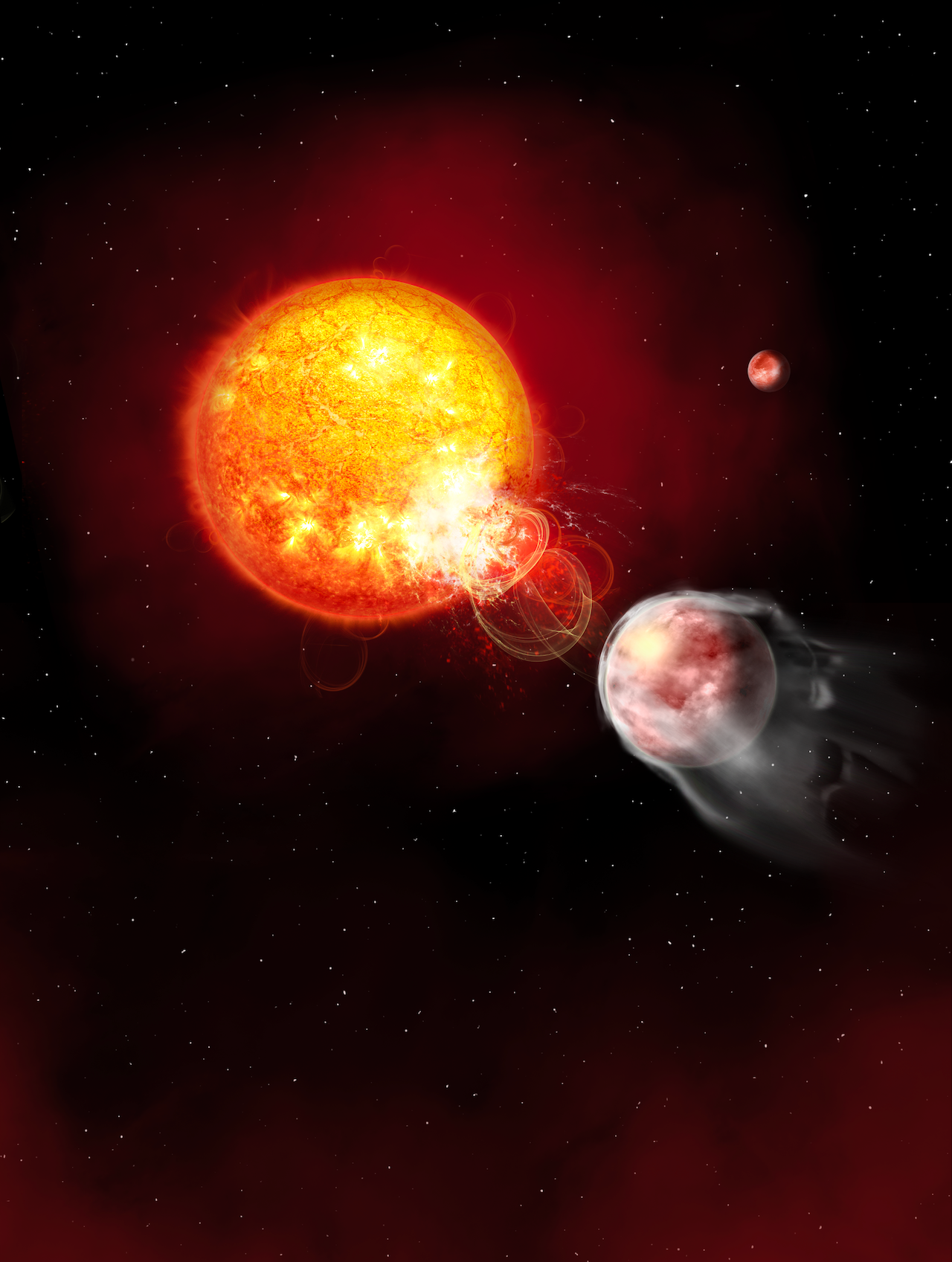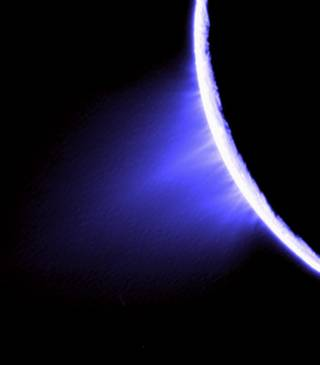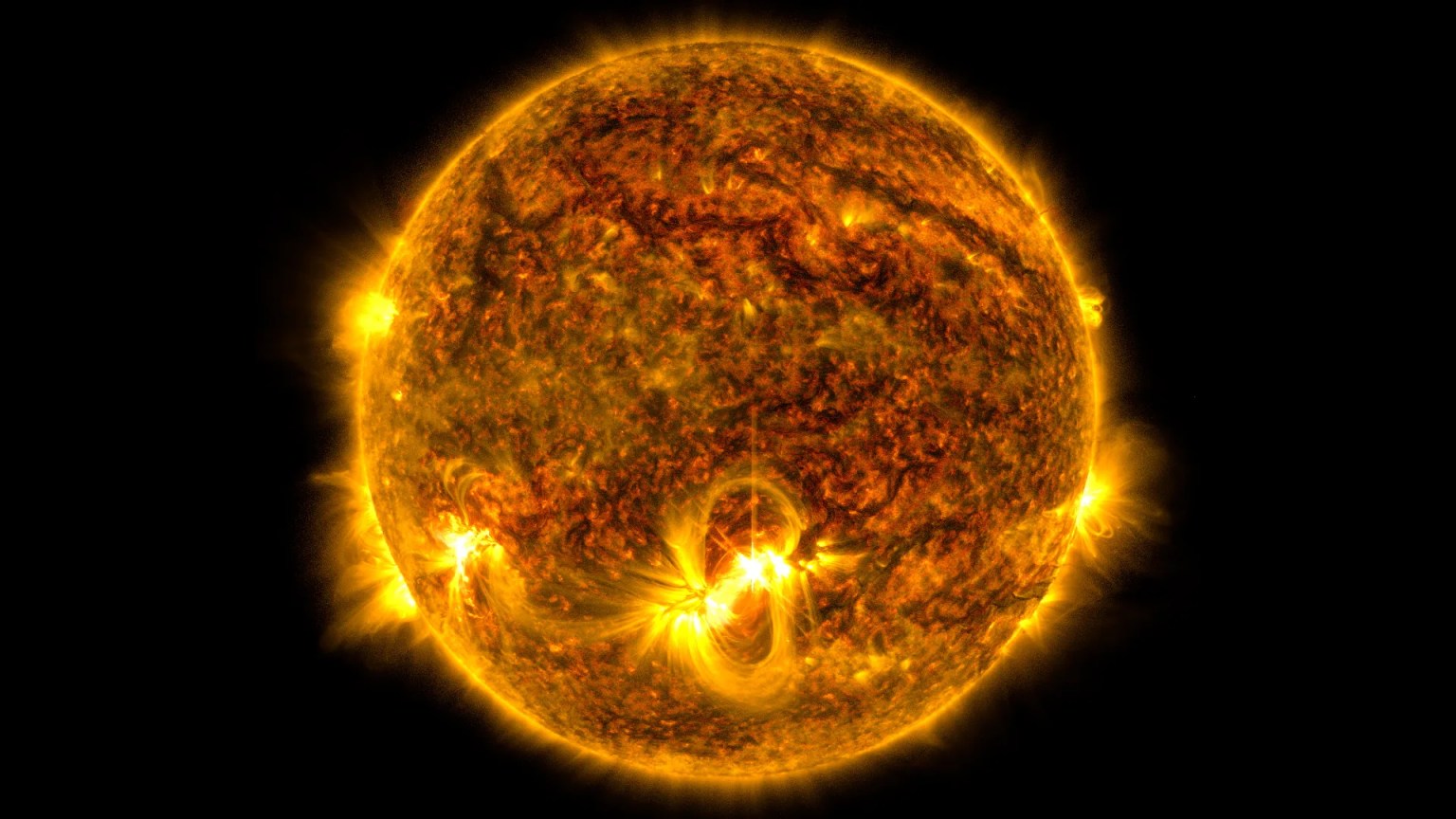Now Reading: Discovery Alert: Flaring Star, Toasted Planet
-
01
Discovery Alert: Flaring Star, Toasted Planet
Discovery Alert: Flaring Star, Toasted Planet

The Discovery
A giant planet some 400 light-years away, HIP 67522 b, orbits its parent star so tightly that it appears to cause frequent flares from the star’s surface, heating and inflating the planet’s atmosphere.
Key Facts
On planet Earth, “space weather” caused by solar flares might disrupt radio communications, or even damage satellites. But Earth’s atmosphere protects us from truly harmful effects, and we orbit the Sun at a respectable distance, out of reach of the flares themselves.
Not so for planet HIP 67522 b. A gas giant in a young star system – just 17 million years old – the planet takes only seven days to complete one orbit around its star. A “year,” in other words, lasts barely as long as a week on Earth. That places the planet perilously close to the star. Worse, the star is of a type known to flare – especially in their youth.
In this case, the proximity of the planet appears to result in fairly frequent flaring.
Details
The star and the planet form a powerful but likely a destructive bond. In a manner not yet fully understood, the planet hooks into the star’s magnetic field, triggering flares on the star’s surface; the flares whiplash energy back to the planet. Combined with other high-energy radiation from the star, the flare-induced heating appears to have increased the already steep inflation of the planet’s atmosphere, giving HIP 67522 b a diameter comparable to our own planet Jupiter despite having just 5% of Jupiter’s mass.
This might well mean that the planet won’t stay in the Jupiter size-range for long. One effect of being continually pummeled with intense radiation could be a loss of atmosphere over time. In another 100 million years, that could shrink the planet to the status of a “hot Neptune,” or, with a more radical loss of atmosphere, even a “sub-Neptune,” a planet type smaller than Neptune that is common in our galaxy but lacking in our solar system.
Fun Facts
Four hundred light-years is much too far away to capture images of stellar flares striking orbiting planets. So how did a science team led by Netherlands astronomer Ekaterina Ilin discover this was happening? They used space-borne telescopes, NASA’s TESS (Transiting Exoplanet Survey Satellite) and the European Space Agency’s CHEOPS (CHaracterising ExoPlanets Telescope), to track flares on the star, and also to trace the path of the planet’s orbit.
Both telescopes use the “transit” method to determine the diameter of a planet and the time it takes to orbit its star. The transit is a kind of mini-eclipse. As the planet crosses the star’s face, it causes a tiny dip in starlight reaching the telescope. But the same observation method also picks up sudden stabs of brightness from the star – the stellar flares. Combining these observations over five years’ time and applying rigorous statistical analysis, the science team revealed that the planet is zapped with six times more flares than it would be without that magnetic connection.
The Discoverers
A team of scientists from the Netherlands, Germany, Sweden, and Switzerland, led by Ekaterina Ilin of the Netherlands Institute for Radio Astronomy, published their paper on the planet-star connection, “Close-in planet induces flares on its host star,” in the journal Nature on July 2, 2025.
Stay Informed With the Latest & Most Important News
Previous Post
Next Post
-
 01From Polymerization-Enabled Folding and Assembly to Chemical Evolution: Key Processes for Emergence of Functional Polymers in the Origin of Life
01From Polymerization-Enabled Folding and Assembly to Chemical Evolution: Key Processes for Emergence of Functional Polymers in the Origin of Life -
 02Two Black Holes Observed Circling Each Other for the First Time
02Two Black Holes Observed Circling Each Other for the First Time -
 03How New NASA, India Earth Satellite NISAR Will See Earth
03How New NASA, India Earth Satellite NISAR Will See Earth -
 04Thermodynamic Constraints On The Citric Acid Cycle And Related Reactions In Ocean World Interiors
04Thermodynamic Constraints On The Citric Acid Cycle And Related Reactions In Ocean World Interiors -
 05Φsat-2 begins science phase for AI Earth images
05Φsat-2 begins science phase for AI Earth images -
 06Hurricane forecasters are losing 3 key satellites ahead of peak storm season − a meteorologist explains why it matters
06Hurricane forecasters are losing 3 key satellites ahead of peak storm season − a meteorologist explains why it matters -
 07Binary star systems are complex astronomical objects − a new AI approach could pin down their properties quickly
07Binary star systems are complex astronomical objects − a new AI approach could pin down their properties quickly






















